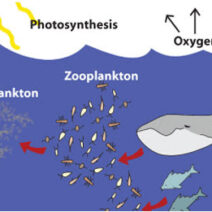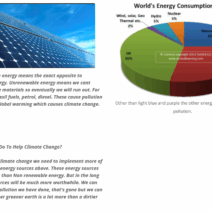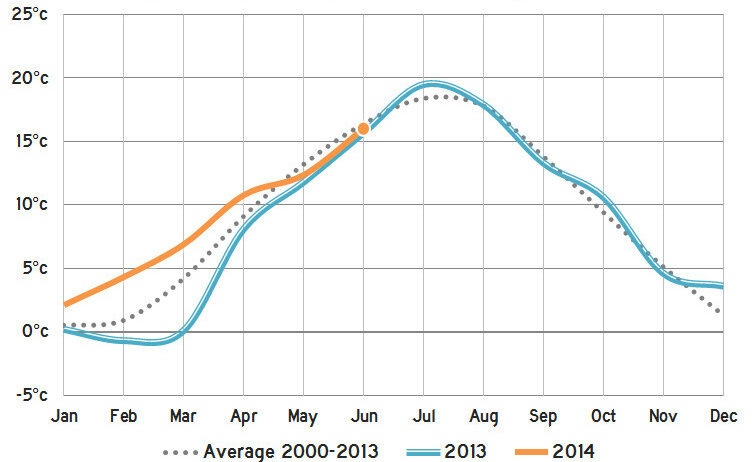Germany, a country of rich history and vibrant culture, presents a climate as diverse as its landscape. Nestled in central Europe, its geographical position allows it to experience a temperate seasonal climate that is influenced by both maritime and continental factors. Understanding the climate of Germany is crucial for residents and visitors alike, impacting everything from agriculture to tourism, and influencing daily life in significant ways.
The climate of Germany is broadly classified as temperate, characterized by moderate to heavy rainfall throughout the year, a fair amount of sunshine, and distinct seasons. Exploring the intricacies of this climate helps in appreciating the beautiful biodiversity and the adaptability of both the environment and society.
By delving into various aspects of Germany’s climate, one can obtain a comprehensive understanding of how rain, snow, and sunshine define the German experience.
Seasonal Overview: The Four Faces of Germany
Germany experiences four distinct seasons: spring, summer, autumn, and winter, each contributing unique features to the climate. This seasonality facilitates a vibrant ecological tapestry, allowing for varied agricultural practices and diverse recreational opportunities.
Spring (March to May): A Symphony of Rebirth
Spring heralds the awakening of nature. As temperatures begin to rise, average temperatures range from 5°C to 15°C (40°F to 59°F). The landscape transforms as blooming flowers and budding trees burst forth from their winter dormancy. Rainfall is frequent during this season, often occurring in short, intense bursts, making it crucial for the flourishing of crops. In Germany, spring is often celebrated with festivals, reflecting a cultural appreciation for renewal and growth.
Summer (June to August): A Time of Warmth and Light
Summer in Germany can be enchanting, with temperatures frequently exceeding 25°C (77°F), particularly in southern regions. This season is characterized by longer daylight hours, offering ample sunshine and warmth, perfect for outdoor activities. Rainfall is more sporadic, often manifesting as localized thunderstorms. The sun-drenched days invite countless outdoor festivals, concerts, and celebrations, showcasing the country’s lively spirit.
Autumn (September to November): Mellow Reflections
Autumn casts a golden hue over the German landscape. Temperatures gradually decline, averaging between 10°C to 20°C (50°F to 68°F). This season is marked by a stunning display of foliage, as trees transition from green to brilliant shades of red, orange, and yellow. Frequent rain and the onset of fog enhance the atmospheric beauty, creating an idyllic setting for harvest festivals celebrating bountiful crops. As the days grow shorter and temperatures drop, residents prepare for the impending winter.
Winter (December to February): A Blanket of Snow
Winter envelops Germany in a tranquil chill. Temperatures can dip below freezing, with averages ranging from -1°C to 3°C (30°F to 37°F). Snowfall is common, particularly in the northern and southern regions, creating picturesque landscapes and ideal conditions for winter sports. The cold air often brings clear, sunny days, allowing for the enjoyment of winter festivities and traditional markets. The cozy spirit of winter fosters community connections, with many gathering to warm their hearts at various festive celebrations.
The Role of Rain in Germany’s Climate
Rainfall is a fundamental component of Germany’s climate, influencing everything from agriculture to daily life. On average, Germany receives between 600 to 800 mm (23 to 31 inches) of precipitation annually. The distribution of rainfall is relatively even throughout the year, though summer months tend to receive more, thanks to thunderstorms.
Rainfall not only supports vital agricultural production but also replenishes aquifers and sustains ecosystems. This continuous water cycle is crucial for the lush landscapes that Germany is known for, such as the Black Forest and the Rhine Valley. Sustainable practices in managing water resources have become increasingly important, given the pressures of climate change and population growth.
Snow: The Winter Wonderland
Snowfall transforms the German landscape into a winter wonderland. The southern regions, particularly the Bavarian Alps, receive significant snowfall, making them popular destinations for skiing and snowboarding. It is estimated that snowfall can range from 20 to 60 cm (8 to 24 inches) during peak winter months in these areas.
Snow also plays a pivotal role in the hydrological cycle by providing water during the warmer months as it melts. However, it presents challenges, too, requiring efficient snow management practices, especially in urban areas, to ensure safety and mobility for residents.
Sunshine: A Measure of Joy
Germany enjoys an average of about 1,600 to 1,800 hours of sunshine per year, with some variation depending on the region. The northern areas typically experience less sunlight compared to the southern regions. During summer, the longer daylight hours offer the perfect backdrop for various outdoor activities and gatherings. However, overcast skies are common, particularly in the winter months, which can influence the mood and activities of the population.
Conclusion: Embracing a Dynamic Climate
The climate of Germany is a multifaceted entity that influences countless aspects of life. Its distinct seasons, characterized by rain, snow, and sunshine, enhance both the natural beauty and the cultural richness of the country. As climate patterns evolve due to global climate change, understanding these dynamics becomes increasingly vital for sustainable living and environmental stewardship. From rainy springs to snowy winters, each aspect of Germany’s climate tells a story of adaptation and continuity, compelling both residents and visitors to embrace the changing elements of nature.








